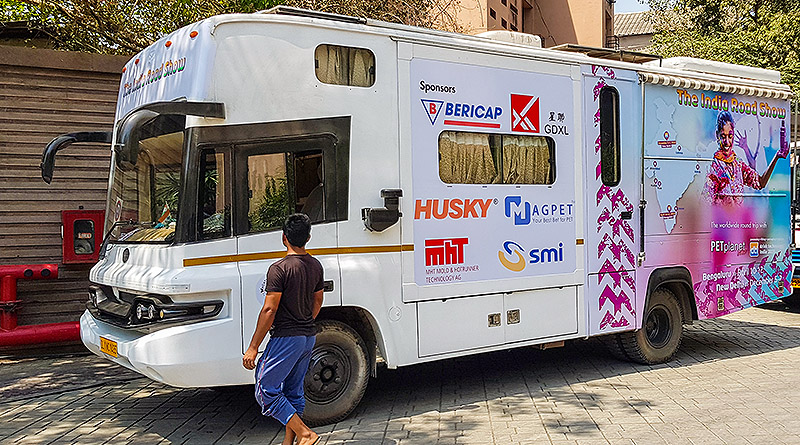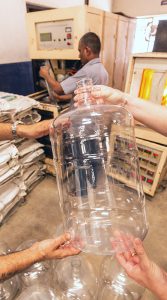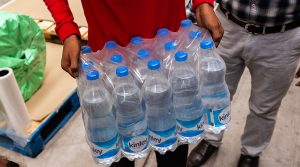Why India’s market for beverage packaging is so special
After some really hot and dry weeks we have reached Mumbai again, having collected another clutch of interesting PET visits along the way. Now that we are back in the tumultuous city of Bollywood, with the prospect of the start of the monsoon season, it is time to take a late summer break and look back on the previous weeks. After so many interview meetings we can now more clearly see and summarise a collection of facts and figures we gathered during Tour, up to this point.
India’s water market is made up of more than 5500 water brands; statisticians predict an annual growth of more than 20%. According to Euromonitor, 8.7 billion PET water bottles were sold in 2018. These figures clearly show that India is still driven by bottled water, with Bisleri in the lead. In CSD, Coke is ahead of Pepsi. To keep up with market demand these key brands (and other, smaller brands as well) enhance their regular drinks portfolio with customised beverages, targeting individual and distinct local tastes; some beverage types can be found only in a certain region or state. Their success demonstrates India’s diversity, and the need for producers to accommodate accordingly.
The estimated soft drinks revenue for this year is about US$4.3bn; Statista forecasts 8.1% annual market growth. In the dairy segment PET is on the way up for flavoured milk, UHT and even fresh milk. However, the amount of milk products in PET is still very small compared to the huge amount of pouches available; nearly 29 bn units were sold in 2018. The global research companies do not currently even measure this packaging segment separately. As demand for alternative packaging has been successfully generated by the big dairy brands, increasing presence in this area is just a matter of time; steady growth in PET of 8-10% over the next few years is expected. Current installed production capacity is 2 million tonnes annually; the list of production companies is led by Reliance Industries and followed by Indorama. The consumption threshold of 1 million tonnes was crossed between 2018 and 2019.
Such amounts of material production inevitably lead to questions about recycling. While recycling for plastic waste generally is abysmal, that for PET is, by contrast, exceptionally high, at over 85%. Nevertheless India is still missing a local bottle-to-bottle recycling system and the recycled material usually ends up in fibre applications for the textile sector instead of food or beverage applications.
An extended introduction report, with many more facts and figures about the Road Show and the Indian market, can be found in PETplanet Insider issue no. 9, 2019.
Stay tuned!
Yours,
Kay Barton




